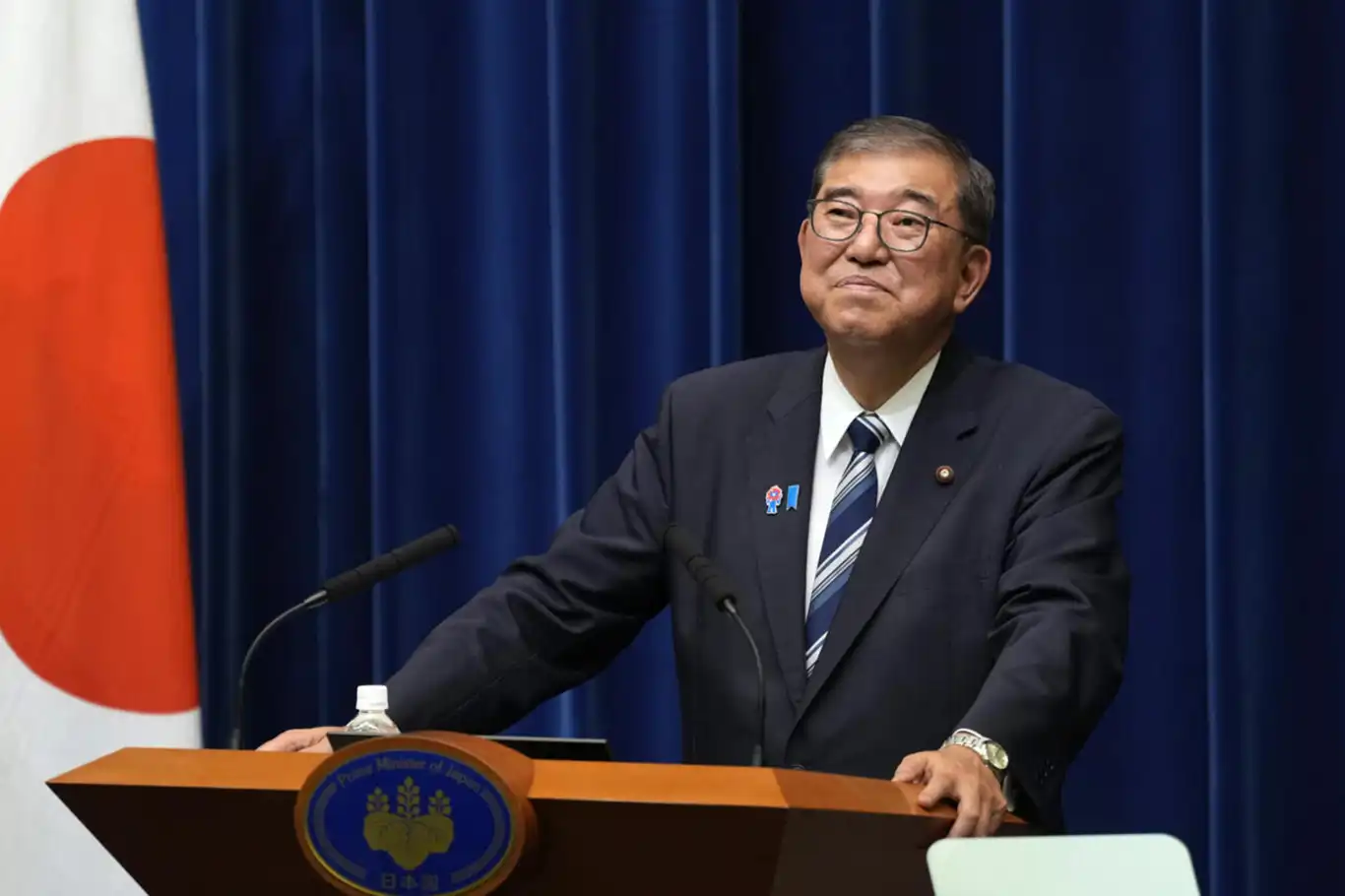Japan’s ruling LDP gears up to choose new leader Saturday


As Japan’s ruling Liberal Democratic Party (LDP) edges closer to a pivotal moment, party members and lawmakers will cast ballots on Saturday, October 4, to choose a new leader who is all but certain to become the country’s next prime minister.
Prime Minister Shigeru Ishiba announced his resignation in September following a series of electoral setbacks that left the LDP without a majority in both houses of Japan’s Diet.
The LDP’s internal vote has already seen its first stage conclude: party members nationwide submitted their ballots by Friday evening, and now lawmakers in the Diet will make their selection in the coming session.
Under the party’s rules, a candidate must win a majority of 590 total votes (half from MPs, half from rank-and-file) to prevail outright in the first round. If no one secures that majority, a runoff between the top two candidates will follow, in which prefectural votes play a reduced role.
Sanae Takaichi, a conservative politician, has emerged as a favorite among grassroots party members. If she wins, she would become Japan’s first female prime minister.
Her platform emphasizes “crisis management investment” — a pledge to channel state resources into sectors like AI, biotechnology, defense, and semiconductors to address both immediate shocks and long-term structural challenges.
Her main rival is Shinjiro Koizumi, a younger, more moderate candidate who appeals to reform-minded lawmakers. He is seen as a bridge-builder, with a focus on economic revival and restoring public trust in a party perceived as out of touch.
Also in the running are Yoshimasa Hayashi, Chief Cabinet Secretary, known for his pragmatic and moderate stance; Toshimitsu Motegi, a veteran negotiator; and Takayuki Kobayashi, a politician backing a hawkish economic security agenda.
Observers note that the LDP is now fractured — torn between older, hardline nationalists and younger reformers, each vying for the direction the party must take after repeated electoral losses.
The outcome is likely to have immediate consequences for Japan’s policy direction, especially in foreign affairs and the economy. With the LDP and its coalition partner Komeito lacking a majority in both houses, the new leader will need to navigate a delicate path to pass budgets, laws, and reform measures.
Regional powers are watching closely. China, in particular, is wary that nationalist candidates could reverse Ishiba’s modest outreach efforts and further strain bilateral ties.
Domestically, the next leader inherits a country grappling with inflation, demographic decline, public disaffection, and demands for tangible reforms in social welfare, taxation, and governance.
If the LDP selects its new president on Saturday, the party plans to convene an extraordinary Diet session beginning October 15 to formalize the successor as prime minister.
The new premier is expected to address both chambers, field questions from legislators, and immediately embark on forming a cabinet.
In short, Saturday’s vote will not just decide a party president — it will set the course for Japan’s next government at a critical juncture of domestic and international uncertainty. (ILKHA)
LEGAL WARNING: All rights of the published news, photos and videos are reserved by İlke Haber Ajansı Basın Yayın San. Trade A.Ş. Under no circumstances can all or part of the news, photos and videos be used without a written contract or subscription.
US President Donald Trump has publicly called on the Israeli occupation to immediately stop its bombardment of Gaza, shortly after Hamas delivered its official response to his proposal to end the war.
Hamas Movement announced on Friday evening its acceptance of the US proposal presented by President Donald Trump, which calls for a complete withdrawal of Israeli forces from the besieged Strip and the release of all Israeli captives in exchange for Palestinian prisoners.
Flight operations at Munich Airport were brought to a standstill on Thursday evening after multiple drones were spotted in and around the airport, prompting a large-scale response by Bavarian and federal police.